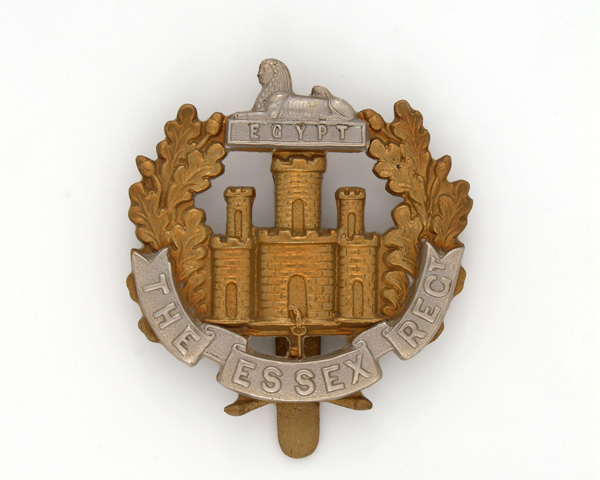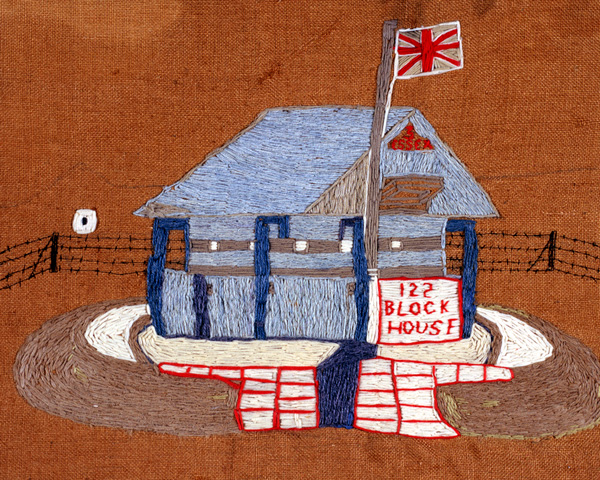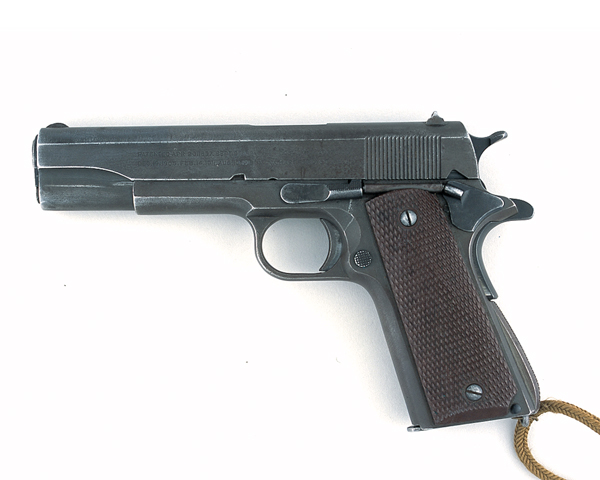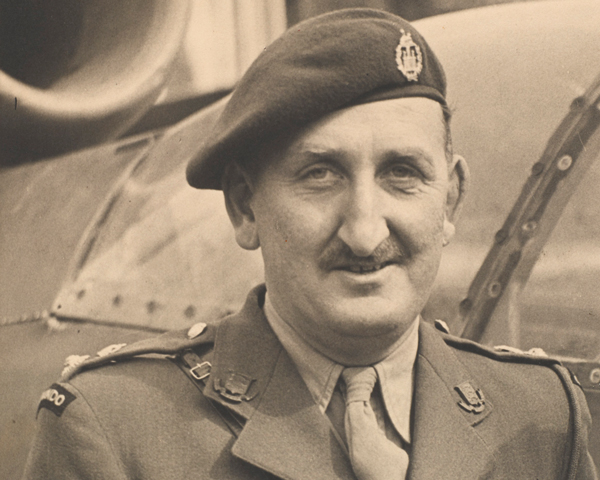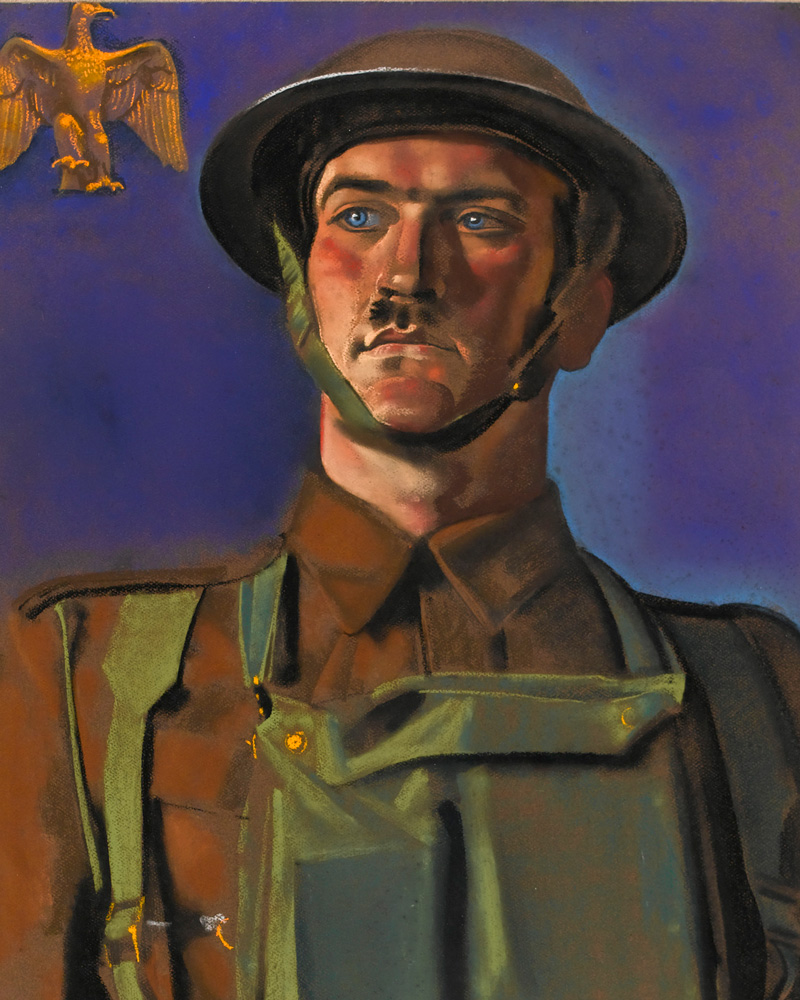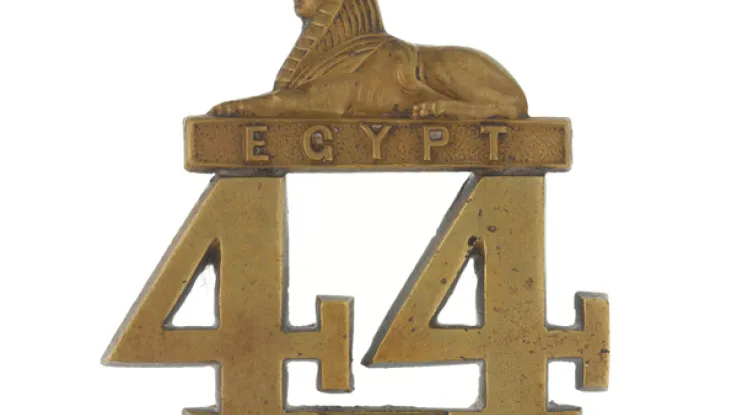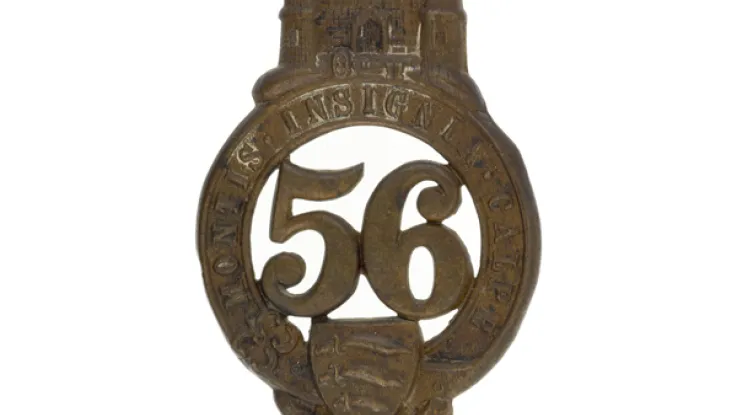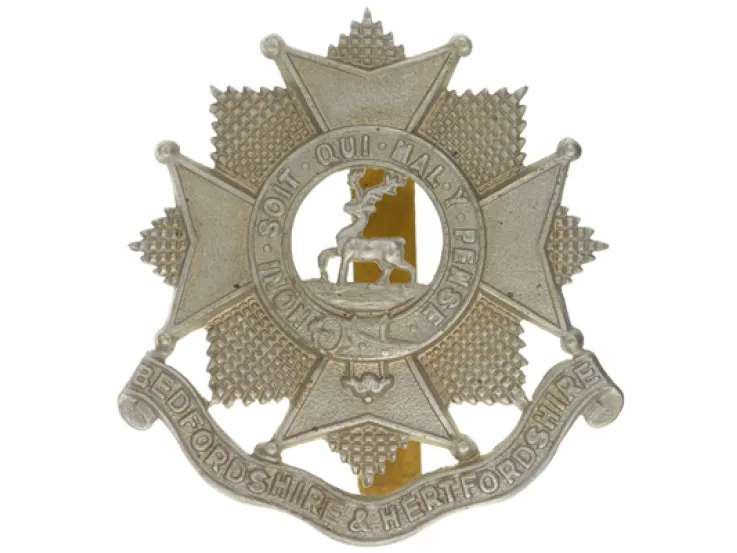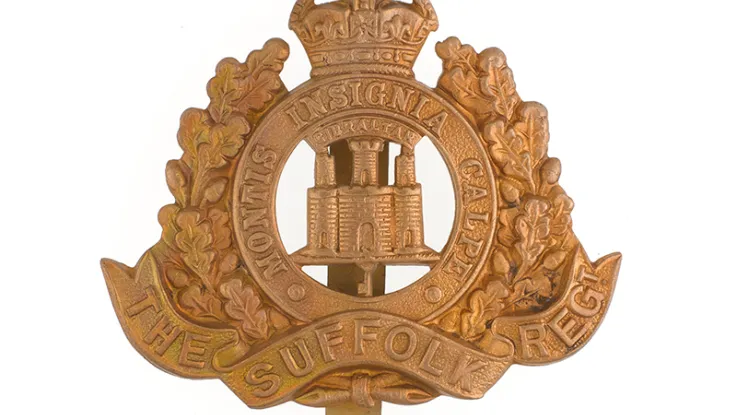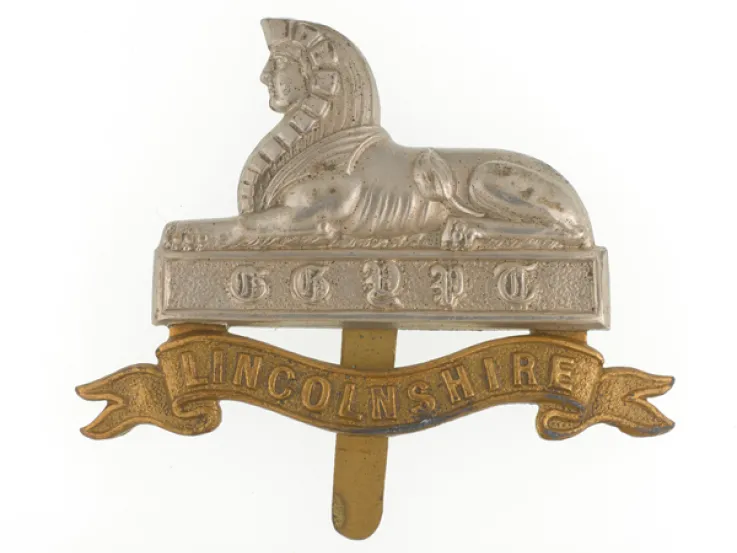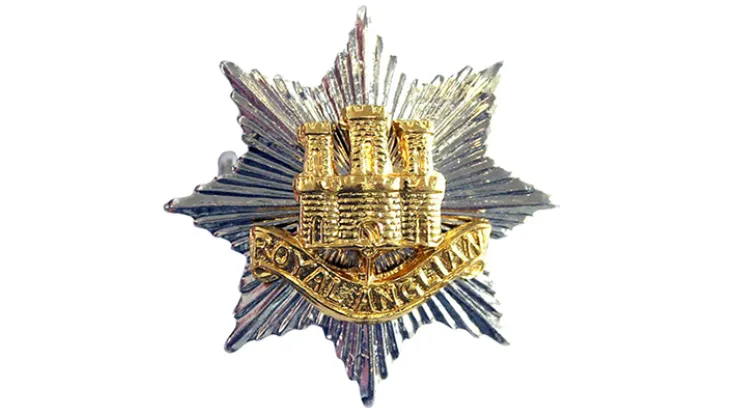Origins
The unit was formed in 1881 by merging the 44th Regiment and the 56th Regiment, both of which already had territorial associations with the county of Essex.
In Burma at the time of the merger, the 44th became the new regiment’s 1st Battalion, only returning to England in 1885. That year also saw 2nd Battalion (the former 56th) move from Egypt to the First Sudan War (1884-85), where it spent two years.
2nd Battalion then garrisoned Cyprus, India and Burma in the late 1880s and 1890s. 1st Battalion spent most of that period in England and Ireland.
Both battalions served in the Boer War (1899-1902), 1st Battalion from 1899 and 2nd Battalion from December 1901. While there, the regiment won several battle honours including the Relief of Kimberley (1900) and Paardeberg (1900).
First World War
2nd Battalion was in England at the outbreak of the First World War (1914-18). It served on the Western Front from August 1914 until the Armistice.
1st Battalion hurriedly returned to Britain from South Africa in 1914 and joined with other returning garrison units to form 29th Division. This was sent to Gallipoli in March 1915. It moved to the Western Front in 1916, remaining there for the rest of the conflict.
The regiment also raised another 28 Territorial, Reserve and New Army battalions during the conflict. These served at home stations, in France and Flanders, Gallipoli and the Middle East.
Inter-war
At the end of the war, 2nd Battalion was sent to India. It served as occupation troops in Istanbul en route.
1st Battalion served in Ireland for three years during the Irish War of Independence (1919-21), proving particularly effective in capturing the Irish Republican Army leaders. Its intelligence officer at the time, Major Arthur Percival, later became notorious for his defeat at Singapore in 1942.
1st Battalion began 14 years in Britain in 1922. This was briefly interrupted in 1934, when it was sent to join the International Force overseeing the Saar’s referendum on rejoining Germany.
In 1936, both regular battalions were on the move again, 1st Battalion to Palestine and 2nd Battalion back to Britain from India.
Second World War
2nd Battalion served in France in 1939-40, before being evacuated from Dunkirk (1940). It then remained in Britain until 6 June 1944, when it landed on Gold Beach in Normandy. It went on to fight in the North West Europe campaign, where it was joined by the 5th Battalion, recently formed by merging the Territorial 1/5th and 2/5th Battalions.
1st Battalion’s Second World War service was more varied. It was posted first to Abyssinia (1940), before joining the invasion of Syria (1941). It later joined the Burma campaign, fighting with the Chindits.
The Territorial 1/4th Battalion also saw extensive war service. This included the Second Battle of El Alamein and action in the Italian campaign, before being sent to Greece in 1945.
Post-war
When peace came in 1945, 1st Battalion was stationed in India. It stayed there until Partition in 1947. Meanwhile, 2nd Battalion joined the occupying forces in Germany.
In 1948, it became a single-battalion regiment within the new East Anglian Brigade.
The regiment moved to Germany in 1951, and then to the Korean War (1950-53) in 1953. On leaving Korea in October 1954, it spent three years in Hong Kong.
Legacy
It was back in Germany by 1958, when it was merged with The Bedfordshire and Hertfordshire Regiment to form the 3rd East Anglian Regiment (16th/44th Foot). This, in turn, converted into a battalion of The Royal Anglian Regiment in 1964.
Regimental museums
The National Army Museum works with a network of Regimental and Corps Museums across the UK to help preserve and share the history and traditions of the Army and its soldiers.
Discover more about The Essex Regiment by visiting the Essex Regiment Museum in Chelmsford.


